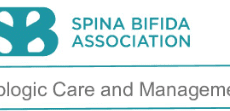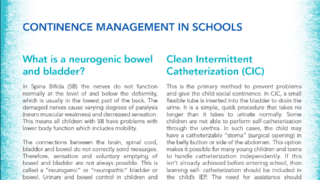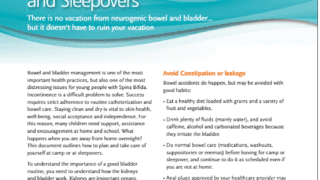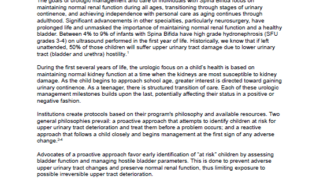The urologic care of children with Spina Bida has undergone several important changes in the last decade. One of these is the emphasis on early catheterization of the child’s lower urinary tract, and the other is on preventive treatments to preserve both kidney and bladder function. Both strategies are intended to maximize the child’s long-term urologic functioning and overall health.
This information sheets covers the following topics:
- Assessment of the newborn’s kidneys and bladder
- Management of the neurogenic bladder, including when to introduce intermittent catheterization (CIC), antibiotics, and anticholinergic medication, and when to avoid CIC
- Surgical options, specifically vesicostomy
- Routine surveillance and monitoring of the kidney and bladder
- Management and evaluation of recurrent urinary tract infections
- Use of medical therapy to control bladder and bowel function to enable children to join normal school and social situations
- Injection therapies such as botulinum toxin, bulking agents, and dextranomer hyaluronic acid polymers
- Surgical treatments such as augmentation cystoplasty and tissue engineering
- Continent diversion with the use of a continent catheterizable stoma, and the less-used incontinent urinary diversion procedure
This information does not constitute medical advice for any individual. As special cases may vary from the general information presented here, SBA advises readers to consult a qualified medical or other professional on an individual basis.



